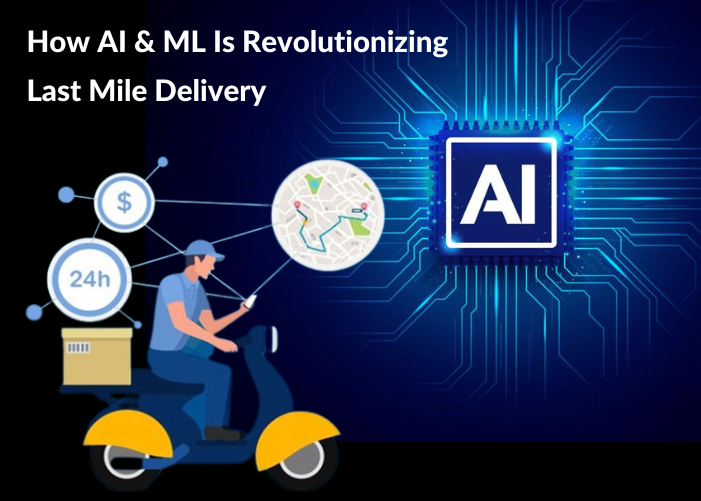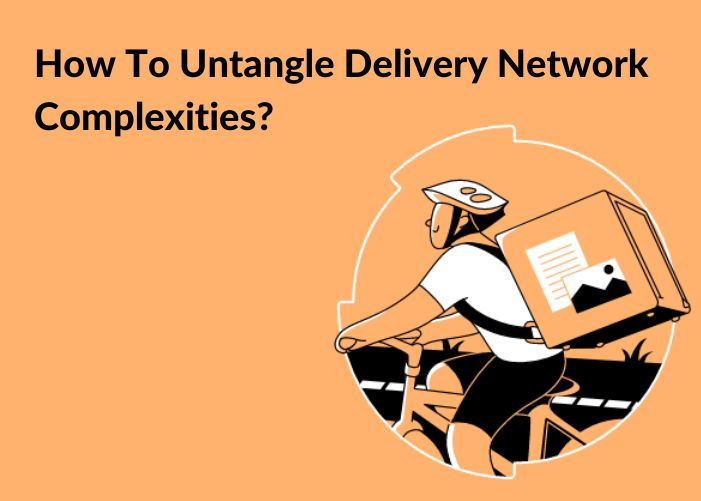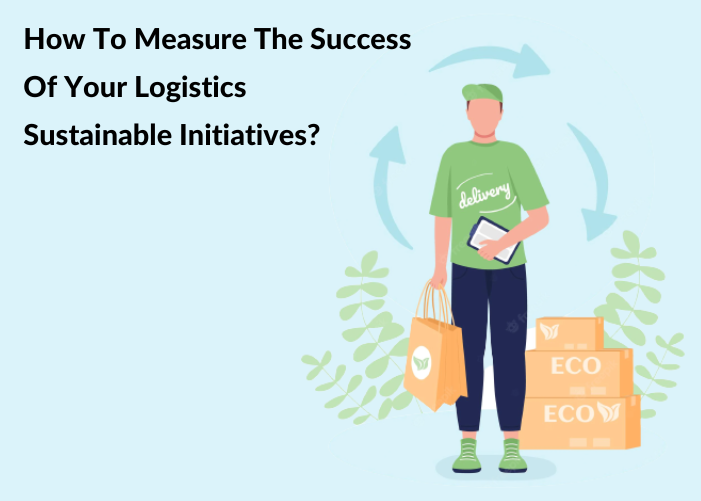1) Artificial Intelligence and Machine Learning: the next revolution in the logistics industry.
We live in an era of rapid globalization and digitization. Both go hand-in-hand and each spurs the other on. Consumers the world over now buy more, receive their deliveries faster, expect to pay lesser, demand exemplary customer service…well, the list is a never-ending one!
As a result of this frenetic pace, the Logistics and Supply Chain industry needs to constantly adapt to rapidly evolving consumer demands. The use of modern Artificial Intelligence (AI) and Machine Learning (ML), therefore, becomes a critical tool.
~~ By introducing innovations in data-management and driving improvements across the entire supply-chain, AI is revolutionizing the logistics industry. Robots, predictive analysis, data-analytics, autonomous vehicles, computer vision are growing examples of how AI-driven technology is improving the delivery eco-system ~~
Using AI-ML to replicate some manual activities to circumvent time-consuming paperwork, or repetitive low-level work helps free up resources for other use, increase efficiency, improve productivity, and so on.
The purpose of this article is to highlight some leading ways in which AL-ML is revolutionizing the last mile delivery industry.
2) AI-Ml is revolutionizing the Logistics Industry
Five top ways that AI-ML is innovating and improving logistics operations.
i) Robotics: The use of “intelligent machines” to complete tasks and functions is referred to as “robotics”. The potential use of robots in distribution, logistics, and delivery services is immense. Daily tasks such as transportation, delivery, packing, picking, routing, storing (etc.) can be achieved by robots.
Next-Gen robots are now increasingly AI-powered. This enables them to undertake far more complicated tasks without any human intervention which isn’t the case with regular industrial robots. Such smart robots are also expected to evolve by learning more complex behavior and undertaking more complicated tasks. Over time, they could completely replace humans in tasks like, for example, warehouse labor and distribution. An advantage here is that robots are simple to regulate, predict, and control. This helps in achieving a higher rate of success.
~~ Research suggests that revenue from robotics-led logistics services will cross $6+ Bn in 2023 ~~
For example, the now common drone can ferry an amount of load and can move on land, water, or fly. Radio-frequency identification (RFID) can execute numerous warehouse tasks by using robotics to improve production and also by simplifying several portions of the last-mile delivery process.
ii) Computer “vision”: Vision systems are comprised of the camera and the “brain” i.e. the computer. This “brain” controls all tasks, decisions (etc.) by using complex, advanced algorithms. It could be used to perform actions and identify colors, goods, damage, and objects. Such technology could be used to improve the production process.
For example, Amazon uses a “computer-vision” driven AI system to offload merchandise from a trailer within 30 minutes as against the several hours it would otherwise require.
iii) Autonomous vehicles: Along with drones, this is another “future technology” that is here already! Autonomous vehicles could potentially improve last-mile delivery beyond imagination. Key variables including cost reduction, efficiency, control, and predictability can all be vastly improved.
In the foreseeable future, one could imagine consumer packages that can be delivered without any human intervention. Research suggests that autonomous vehicles – led by drones – could deliver up to 80% of all parcels as the future unfolds.
~~ Challenges in using AI to optimize last-mile delivery ~~
- Managing delivery costs: Last-mile delivery costs are severely impacted by failed deliveries since they need to be re-collected, re-scheduled & re-delivered. Therefore, predictive modeling must optimize failed delivery rates
- AI/ML model must integrate with fleet management & delivery scheduler: Using historical data, the AI/ML model must integrate the needs of route optimization & fleet-vehicle utilization
- Flexibility in modeling: When data-based model predictions differ from the historical delivery data available, the model must accord a higher weight to the historical data as against suggestions by the predictive model ~~
iv) Big data: Given the complexity and range of logistics businesses, it generates vast amounts of data. Modern data analytics is another area that has made a quantum leap in terms of scope and efficiency due to Al-ML.
Invaluable insight into key operating metrics for last-mile delivery such as deliveries made, driver performance, fleet maintenance, weather and traffic patterns, costs, profitability, (etc.) is now available due to the use of AI-driven big data analytics.
As a result, it provides all stakeholders – from company leadership to fleet drivers down to the ubiquitous warehouse worker – with actionable insight with which they can achieve better results.
v) Predictive analysis: Logistics companies need to study their KPIs on an ongoing basis. This, in turn, equips them to detect trends, compare Actual Performance vs. Projections, initiate corrective measures, and achieve higher levels of efficiency, profitability, and customer satisfaction. The number of logistics firms deploying predictive analysis grew rapidly between 2017-2019 to sit at about 30% in 2019.
By logical extension of big-data analytics, AI-led predictive analysis can improve existing shipping patterns, optimize routes, improve supply-chain operations, and predict consumer behavior. Importantly, it can also spot unexpected circumstances and dangers. Overall, it could go miles in reducing operating-cost and improving profitability.
3) Case Study: Using AI in Last-Mile Delivery
Problem: A firm in last-mile delivery logistics was grappling with high delivery failure rates as a result of poor delivery scheduling.
Solution:
- Using AI modeling, a data-driven approach to optimize fleet-management scheduling was proposed by the AI consultant firm. The solution focused on an optimized predictive scheduling model, including route planning and delivery scheduling
- The ML model balanced out numerous fluctuating input variables including region, time & day, address, vehicle, traffic, building type (receptionist, doorman), parking availability (etc.) to predict the probability of successful deliveries
- The end goal of the predictive modeling was geared toward fleet drivers delivering the parcel at the “correct moment”
Result:
- The solution reduced failed deliveries by 55-60% by successfully predicting the correct/optimal delivery window so that deliveries could be scheduled accordingly
Conclusion: As is evident, modern technology is revolutionizing the last-mile delivery industry. Right from AI, ML, and big-data analytics, to warehouse robots and automated, GPS-enabled last mile delivery software. Are you on board with all such modern technology or are you lagging behind?




